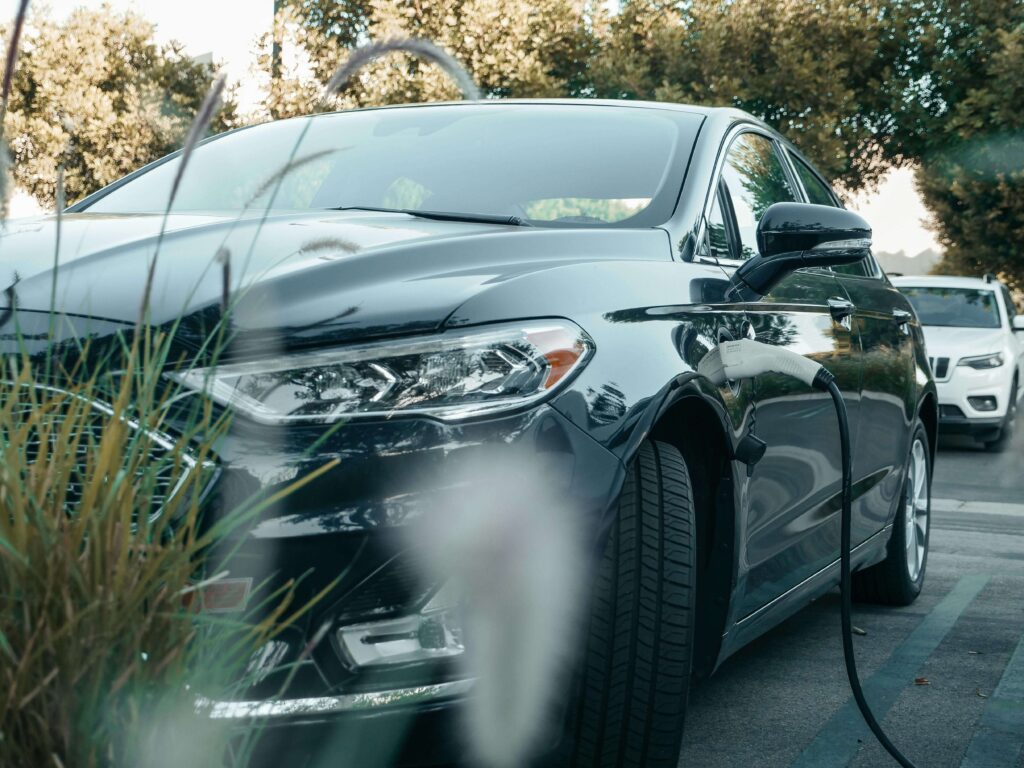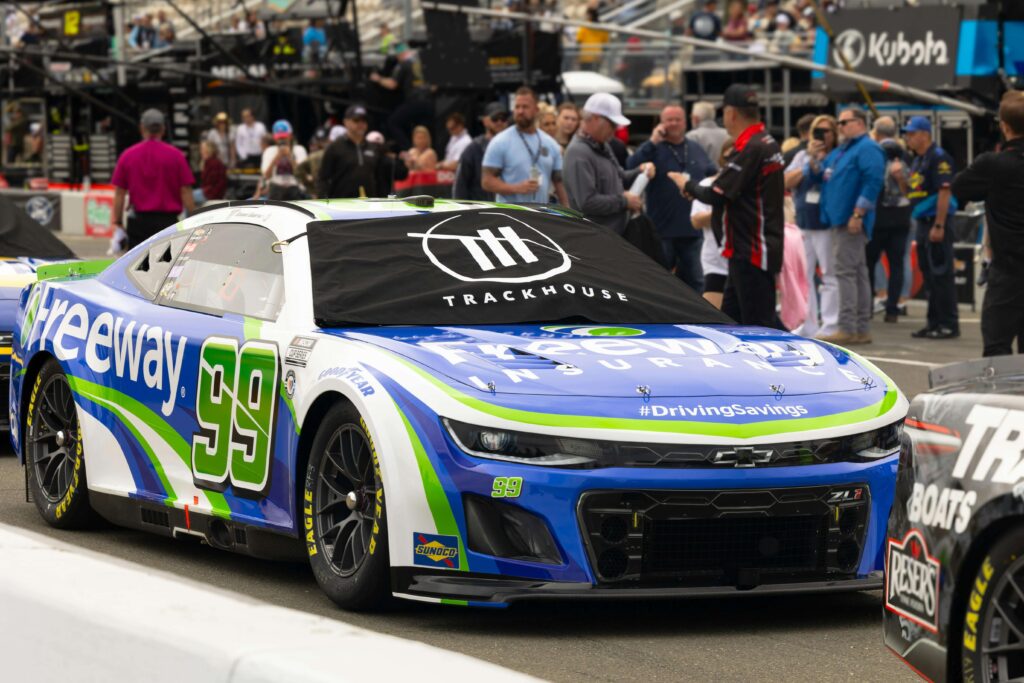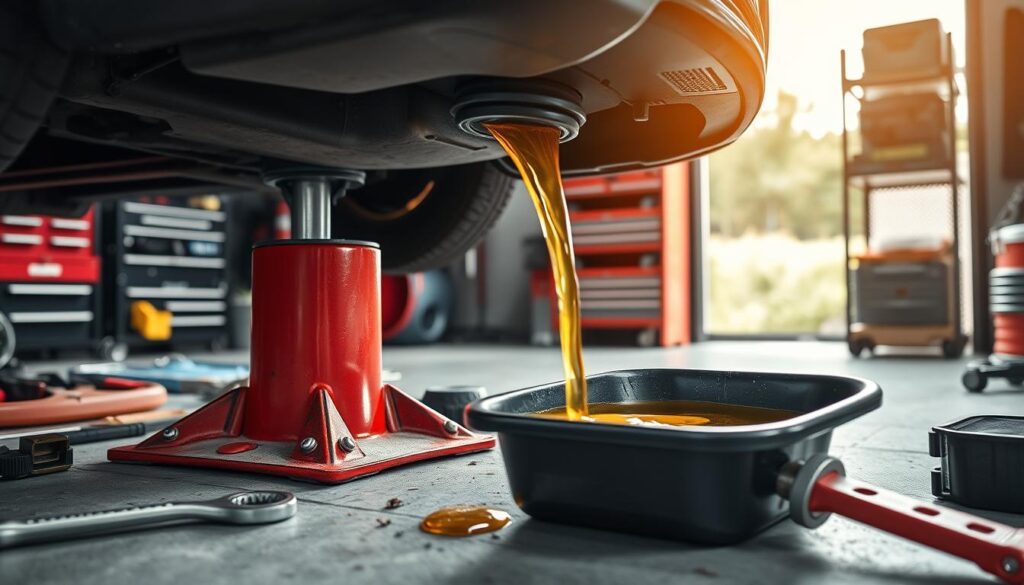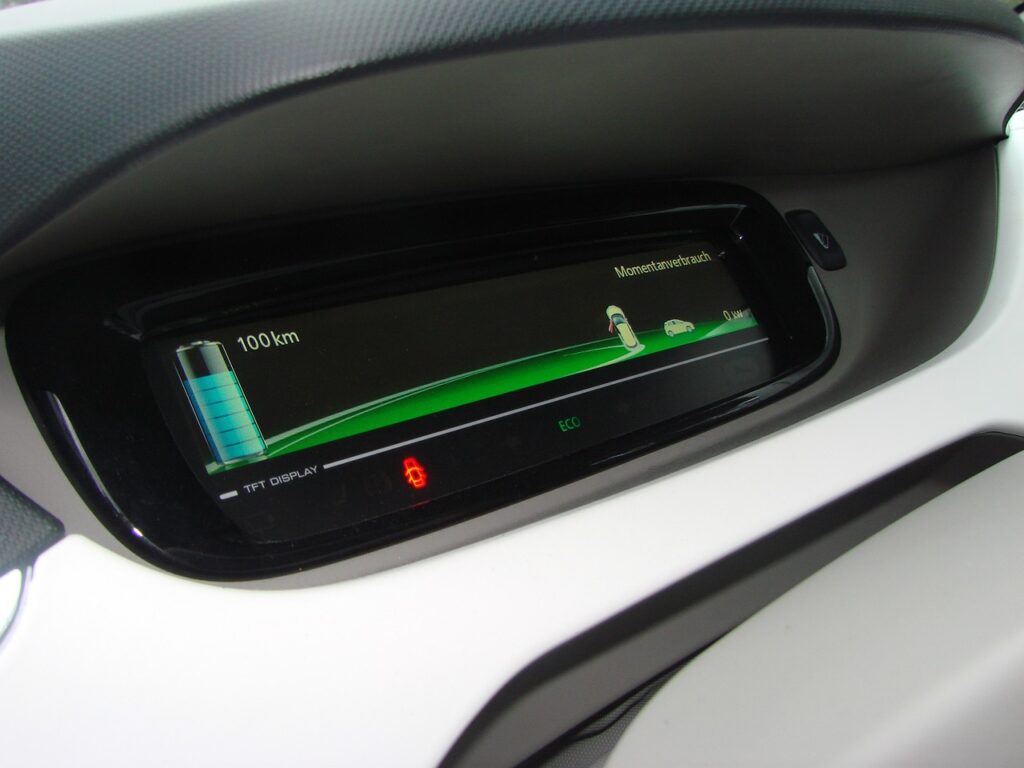The Essential Guide to Hybrid Car Maintenance: How to Keep Your Vehicle in Top Condition
Owning a hybrid car is one of the most rewarding decisions you can make—not only for the environment but also for your wallet. These vehicles offer impressive fuel efficiency, reduced emissions, and low operating costs. However, like any car, hybrid vehicles require regular maintenance to ensure they perform at their best. If you’ve just invested in a hybrid car, it’s essential to understand the maintenance requirements specific to these vehicles. This guide will walk you through everything you need to know to keep your hybrid running smoothly for years to come. What Makes Hybrid Cars Different? Understanding the Basics of Hybrid Technology Before diving into the details of hybrid car maintenance, let’s take a moment to explore what sets these cars apart from conventional vehicles. Hybrid cars operate with two key components: an internal combustion engine (ICE) and an electric motor. The electric motor is powered by a rechargeable battery, while the ICE runs on gasoline. The hybrid system allows the car to switch between the two power sources based on driving conditions, which improves fuel efficiency and reduces emissions. Hybrid vehicles come in different types, including: While hybrid cars are known for their fuel efficiency, they do require specialized maintenance to ensure their complex systems remain in good working order. The Importance of Regular Hybrid Car Maintenance Maintaining your hybrid car is crucial for a few reasons. Not only does it help prolong the lifespan of your vehicle, but it also ensures that the hybrid system continues to function efficiently. Regular maintenance can save you money in the long run by preventing costly repairs, improving fuel economy, and keeping your car running at optimal performance. Benefits of Regular Maintenance: By following a structured maintenance plan, you can ensure your hybrid car operates smoothly and reliably, saving you time, money, and hassle. Key Areas of Hybrid Car Maintenance Maintaining a hybrid car involves more than just routine oil changes and tire rotations. Because hybrid vehicles combine traditional car mechanics with electric components, there are specific areas that require attention. Here’s a closer look at the key aspects of hybrid car maintenance. 1. Battery Care and Maintenance The hybrid battery is one of the most crucial components of your vehicle. These batteries are designed to last a long time, but they still require regular care. Most hybrid cars use lithium-ion (Li-ion) or nickel-metal hydride (NiMH) batteries, both of which have different maintenance needs. How to Care for Your Hybrid Battery: Signs Your Hybrid Battery Needs Attention: If you notice any of these symptoms, it’s a good idea to have your hybrid battery checked by a professional. While hybrid batteries can be expensive to replace, regular maintenance can help extend their lifespan, reducing the likelihood of premature failure. 2. Oil and Fluid Maintenance for Hybrid Cars While the electric motor is responsible for much of the driving, the internal combustion engine still requires oil changes and fluid maintenance. Keeping the engine’s oil clean is essential for ensuring the motor runs smoothly, while maintaining other fluids (such as brake fluid, coolant, and transmission fluid) is also critical. Key Fluid Checks: Maintaining these fluids not only keeps your hybrid car running smoothly but also helps prevent costly engine or transmission repairs down the line. 3. Brake System Maintenance and Regenerative Braking Hybrid cars come with a regenerative braking system, which converts kinetic energy into electrical energy, thereby helping recharge the battery. This system reduces the wear and tear on traditional brake pads, but it still requires periodic maintenance. Tips for Maintaining Your Hybrid Car’s Brake System: By keeping an eye on the brake system, you ensure that both the regenerative system and traditional braking components are functioning at their best. 4. Tires and Alignment for Hybrid Cars Hybrid cars are known for their impressive fuel economy, and tires play a significant role in that. Keeping your tires properly inflated and aligned can make a big difference in your car’s performance and fuel efficiency. Tire Maintenance Tips: Hybrid Car Maintenance Schedule – How Often Should You Service Your Hybrid? To keep your hybrid in top condition, it’s important to follow a regular maintenance schedule. Below is a general guide to when various maintenance tasks should be performed. Service Task Recommended Interval Notes Oil Change Every 5,000-10,000 miles Depends on the oil type and driving habits. Battery Inspection Every 20,000-30,000 miles Check for degradation or faults. Brake Fluid Check Every 2 years Adjust based on driving conditions. Tire Rotation Every 5,000-7,000 miles Essential for even wear and efficiency. By staying on top of these tasks, you can ensure that your hybrid car runs efficiently and lasts longer. Troubleshooting Common Hybrid Car Issues Even the best-maintained hybrid vehicles can experience occasional issues. Here are some common problems you might encounter: When in doubt, it’s always best to consult with a qualified mechanic who specializes in hybrid vehicles. Saving Money on Hybrid Car Maintenance While hybrid cars can sometimes be more expensive to maintain than traditional cars, there are ways to save money. Regular maintenance is key to preventing expensive repairs. Additionally, performing some tasks yourself, like checking tire pressure and changing air filters, can reduce service costs. DIY Maintenance Tips: By staying proactive and taking care of minor tasks on your own, you can significantly reduce maintenance costs. Environmental Impact of Proper Hybrid Car Maintenance Maintaining your hybrid car not only helps your vehicle run longer but also has a significant impact on the environment. A well-maintained hybrid car produces fewer emissions and consumes less fuel. This means fewer harmful pollutants are released into the air, contributing to a cleaner and healthier planet. Conclusion: Keep Your Hybrid Car Running Smoothly Proper maintenance is the key to ensuring that your hybrid car remains efficient, safe, and reliable for years to come. By following a regular maintenance schedule, caring for the battery, keeping fluids topped up, and addressing issues early, you can maximize the benefits of your hybrid car and enjoy all its advantages for the long haul.
The Essential Guide to Hybrid Car Maintenance: How to Keep Your Vehicle in Top Condition Read More »










